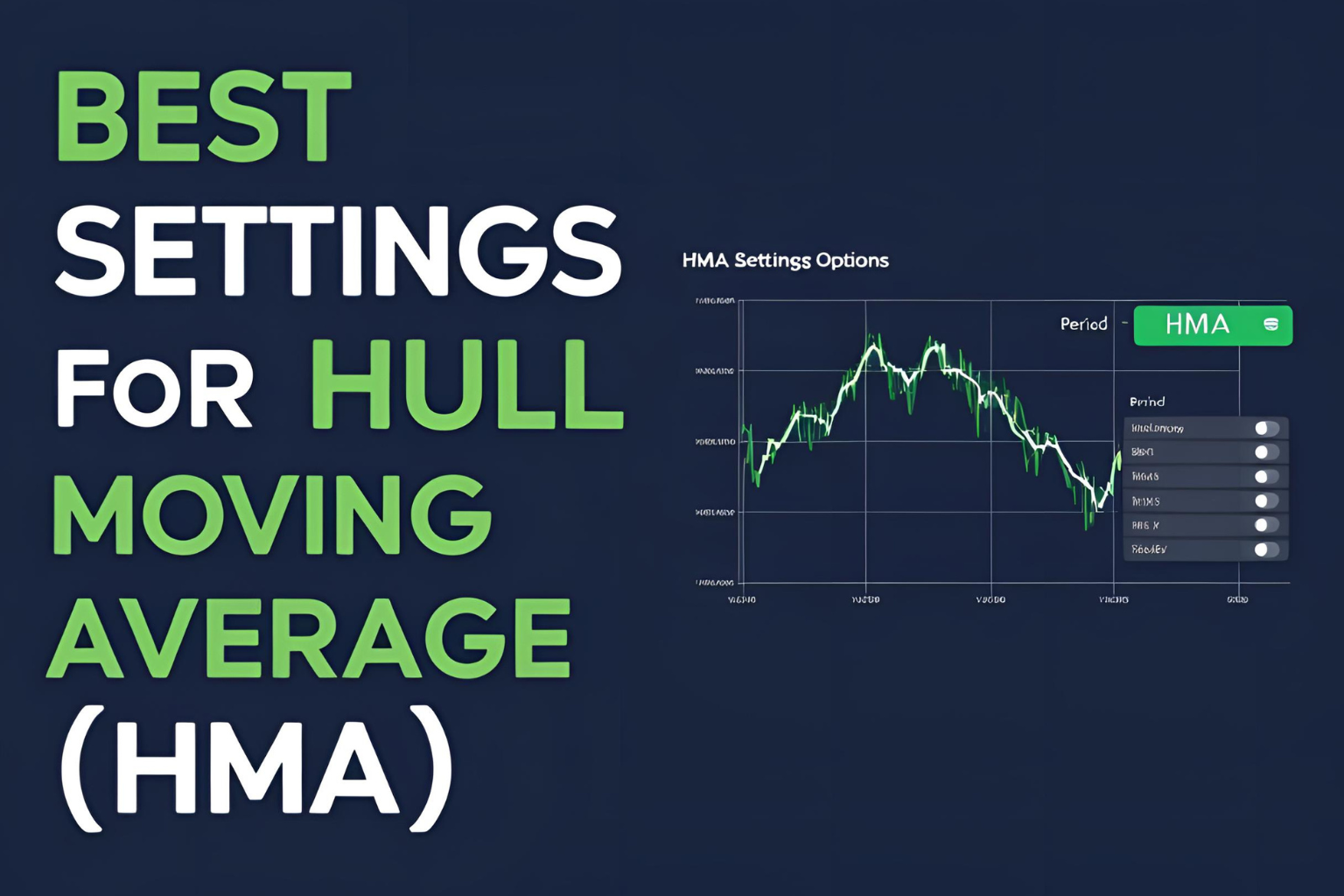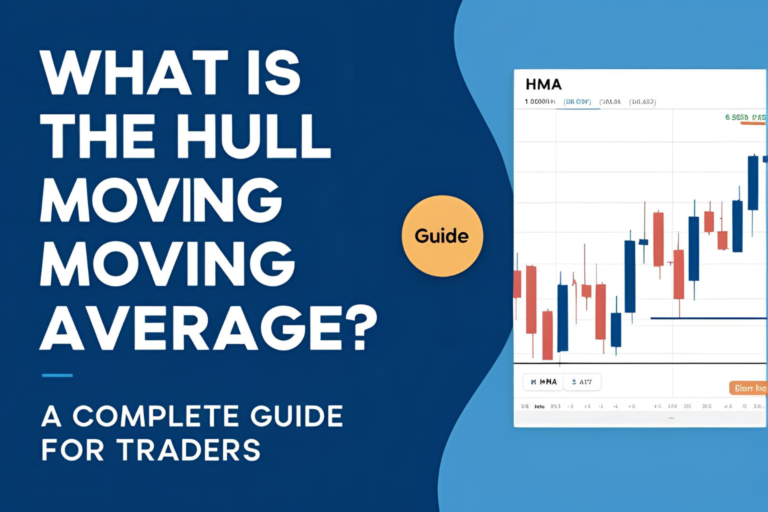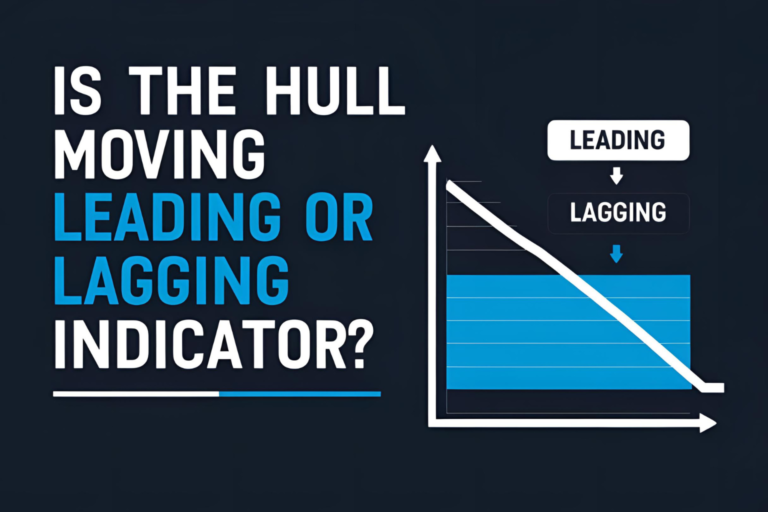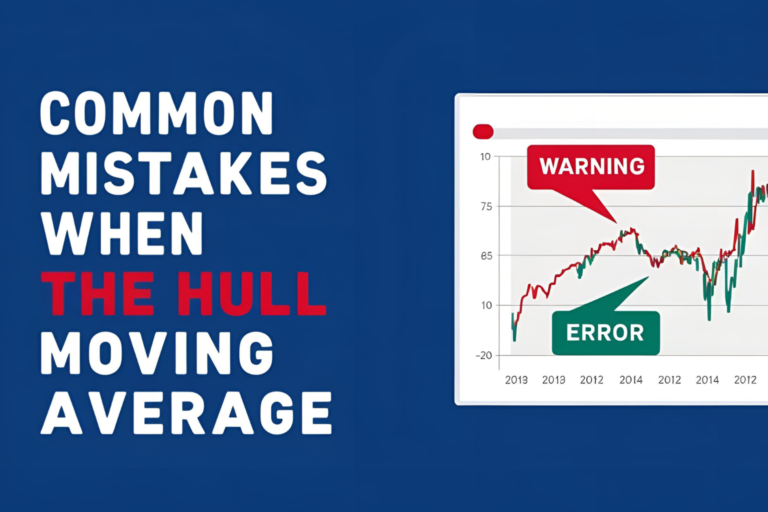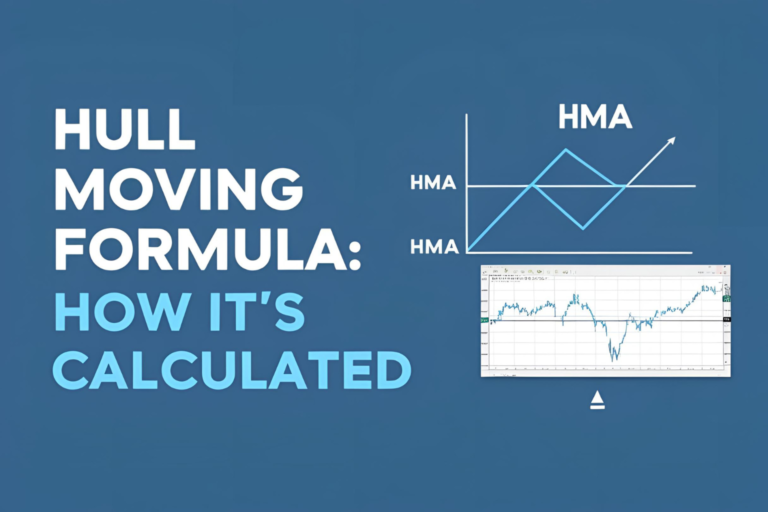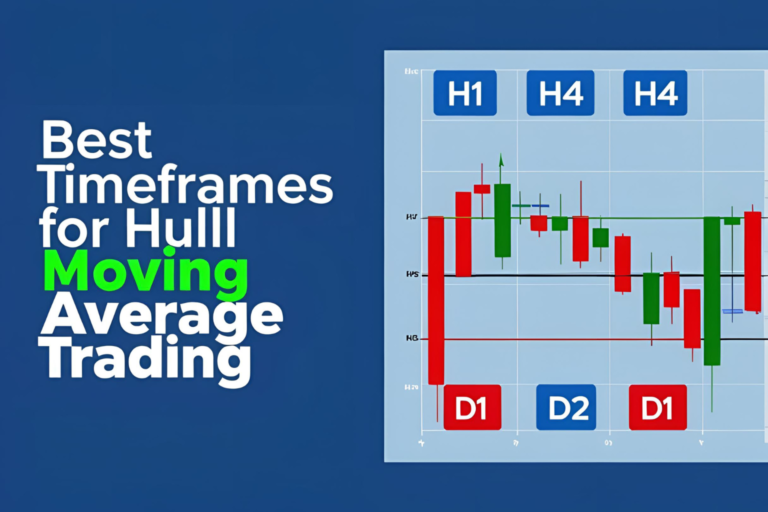Best Settings for the Hull Moving Average (HMA)
The Hull Moving Average (HMA) is known for its smooth appearance and fast response to price changes. However, to fully harness its power, traders must know how to fine-tune the settings based on their trading style and market conditions. This guide will help you choose the best Settings for the Hull Moving Average for day trading, swing trading, and long-term investing.
What Are Hull Moving Average Settings?
The primary setting for the HMA is its period length (n) — the number of bars or candles used to calculate the moving average. Changing the period affects the indicator’s sensitivity:
- Lower Period = Faster & More Reactive
- Higher Period = Smoother & Slower
Recommended HMA Settings by Trading Style
| Trading Style | Recommended HMA Period | Use Case |
|---|---|---|
| Scalping | 9 or 12 | Quick intraday trades (1–5 min charts) |
| Day Trading | 15 or 21 | Short-term trends (5–15 min charts) |
| Swing Trading | 34 or 55 | Medium-term trends (1H–4H charts) |
| Position Trading | 89 or 144 | Long-term trends (Daily or Weekly) |
Which HMA Setting Is Best?
There’s no one-size-fits-all answer. The “best” HMA setting depends on your:
- Market (Stocks, Forex, Crypto, etc.)
- Timeframe
- Risk tolerance
- Strategy type (trend-following, breakout, reversal)
Backtesting and paper trading are essential before finalizing your setting.
Combining HMA Periods for Confirmation
Many traders use two HMAs with different settings to improve trend confirmation:
- Fast HMA (e.g., 21)
- Slow HMA (e.g., 55)
A crossover of the fast HMA above the slow HMA may indicate a bullish trend, while the reverse signals bearish conditions.
Tips for Optimizing HMA Settings
- Avoid overly short periods in volatile markets—they can trigger false signals.
- Test multiple settings on historical data to see what fits your strategy.
- Adjust settings based on market conditions—higher volatility might require slightly longer periods.
Conclusion
The Hull Moving Average is a flexible indicator that adapts well across markets and timeframes. Finding the best settings is about aligning the HMA period with your strategy. Experiment, test, and track your performance to find what works best for you.
FAQs
1. What is the default HMA setting in most platforms?
Most platforms set the default HMA period to 14 or 21.
2. Is a higher HMA period better for stability?
Yes, higher periods smooth out the curve more, which is ideal for long-term trends.
3. Can I use multiple HMA settings on one chart?
Absolutely. Using a fast and slow HMA together helps identify crossover signals.
4. Do the best settings vary between assets?
Yes. For example, crypto might require faster settings due to volatility, while stocks may work better with traditional swing periods.
5. Should I adjust HMA settings in volatile markets?
Yes, consider increasing the period slightly to reduce false signals during rapid price swings.
